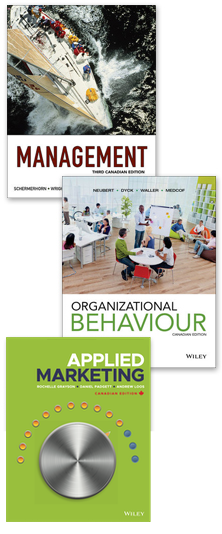Under the leadership of CEO Mark Parker, Nike is revamping its image and shifting its focus. Rather than ride its dominance in the athletic shoe market, Parker is following trends and repositioning Nike to capitalize on the digital age. Part of Parker’s strategy for Nike involves reducing staff and moving away from brand image. The use of celebrity endorsers continues, but Nike is being much more selective. These strategies are working. While the industry experienced a downturn in 2008, Nike’s market share increased slightly.
QUESTIONS:
- What model of change leadership is Nike utilizing? How does CEO Mark Parker fit into this strategy?
- Look at the organizational change pyramid. Where is Nike’s planned change? Is the change incremental or transformational? Why?
- Consider the shift from the Phil Knight way to the Mark Parker way. What are the targets for change?
SOURCE: B. Horovitz, “CEO Mark Parker Works on Keeping Nike Cool,” USA Today (Retrievable online at http://www.usatoday.com/money/industries/retail/2009-12-07-nike07_CV_N.htm)

